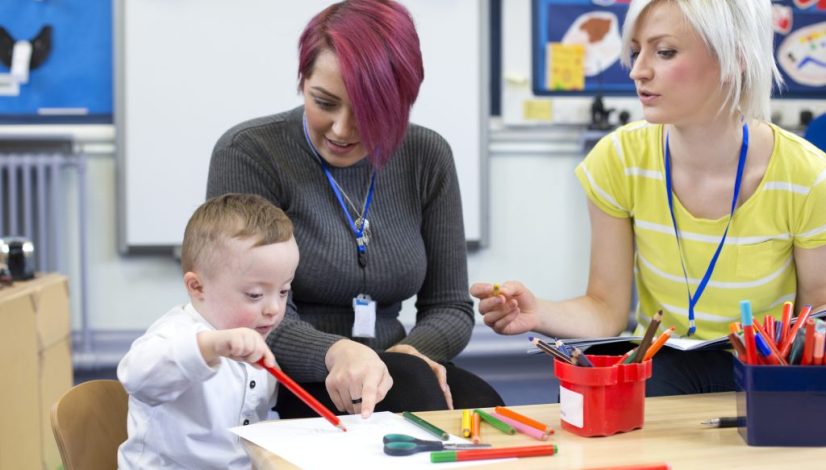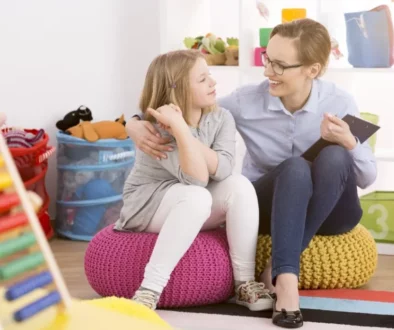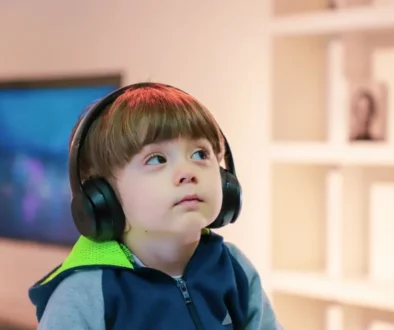Diagnosing Autism: A Quick Guide
Did you know that approximately one out of every 59 children has autism? In boys, these rates are almost four times higher than girls. In 2000, the rate of autism was one in every 150 children.
Researchers aren’t entirely sure why there has been an increased number of diagnosed cases of autism. One speculation is that people are more aware and there are more comprehensive diagnostic tools.
Knowing if your child has autism is crucial for developing strategies and treatments for learning and social skills. If you have an interest in learning more about diagnosing autism, then keep reading on.
What Is Autism?
Autism – otherwise known as Autism Spectrum Disorder (ASD) – is a developmental disorder. It affects children at a young age and can impact developmental milestones. Autism can also affect a child’s relationship with others and their learning skills.
Unfortunately, autism does not affect each child in the same way. There is a broad range of characteristics and severity associated with it. This can make an autism diagnosis guide more complicated.
Skilled pediatric physicians are crucial to this process. Once a child receives a diagnosis, treatment plans are implemented. This can help your child with learning skills, behavior problems, and social interactions.
Causes of Autism
For some autism diagnosis tips – make sure you do thorough research on your family history of autism. One of the speculated theories for what causes autism is genetics.
If you have other children with autism, it can increase the likelihood of future children having it. The exact genetic component of autism is unclear at this time.
Another cause could be fetus exposure during pregnancy. Things like drugs, alcohol, and anti-seizure medication increase the risk. Additionally, pregnant women with diabetes or obesity also had higher risks of giving birth to a child with autism.
Lastly, some causes of autism could be from simple rewiring in the brain. It is thought that areas of sensory input and language are the most affected. This can happen with or without any of the causes listed above.
Signs of Autism
For an easier time diagnosing autism at a young age, it helps to know some of the signs. Autism can start as early as three years old or even a bit before.
While some children start showing signs and symptoms of autism at around one year old, others don’t start showing them until they are a toddler. One of the first things that parents can look for is interaction skills.
Some of the common signs of autism with social interaction are:
- Lack of eye contact
- Doesn’t respond to name at 9 months
- Lack of facial expressions at 9 months
- Lack of empathy at 36 months
- No interest in peers
- Doesn’t participate in pretend play
Instead, you may notice that your child becomes upset when their organization with toys is disrupted. They also might repeat phrases frequently or play only with one toy. This starts becoming obsessive and routine-like.
Your physician might ask or examine some other characteristics of autism. These include things such as delayed language or learning skills. Other common characteristics are:
- Seizures
- Hyperactive behavior
- Unusual sleeping
- Digestion issues
- Anxiety
Autism screening happens at 18, 24, or 36-month intervals. Additionally, if you start noticing some of these symptoms, write them down so that you have a detailed record.
Diagnosing Autism
Typically, diagnosing autism takes more than one session with a pediatrician. In today’s world, telehealth has become a more crucial part of this process. Not as many families and parents are wanting to take their child into a facility or clinic.
Don’t worry – a qualified clinic can discuss evaluations and treatments with you via telecommunication. During the first visit, you will review your child’s history and assessment with the physician.
Make sure you bring health records and learning assessments – if you have them. If you have any family history of autism, mention it to the physician during this first meeting.
You can also clarify any points of concern and ask questions as needed. At the next session, a qualified practitioner will perform testing. This helps you and the doctor determine if your child has autism.
The diagnostic testing may take one to two sessions. Ultimately, this process needs to be thorough so that you can move forward with treatment. Lastly, once your physician has a diagnosis, then you can start the plan of action.
This final step is important for determining what areas of focus your child needs and what type of treatment.
Treatment Plans
There have been several studies on treatments for autism that reduce the symptoms. It can also improve learning and cognition.
Behavioral interventions are one of the most common treatment plans. This treatment focuses on social interaction skills. Some of these treatments may include other disciplines, such as speech or occupational therapists.
Another common behavioral treatment is Applied Behavior Analysis (ABA). It encompasses behavioral changes through positive reinforcement and helps reduce unwanted or aggressive tendencies.
As children get older, this treatment plan progresses with them. It can also include developing motivational skills and improving language or communication.
Assistive technology has also gained popularity for autism treatments. This works well for telehealth visits and appointments.
Find, ‘Autism Diagnosis Near Me’
Have you been struggling with diagnosing autism in your child? A qualified clinic and pediatrician can help you with diagnosing and treating autism.
This diagnosis doesn’t have to be scary. There are plenty of helpful tools and treatment plans out there that cater to your child’s needs.
For more information about scheduling a new appointment, contact us today.



